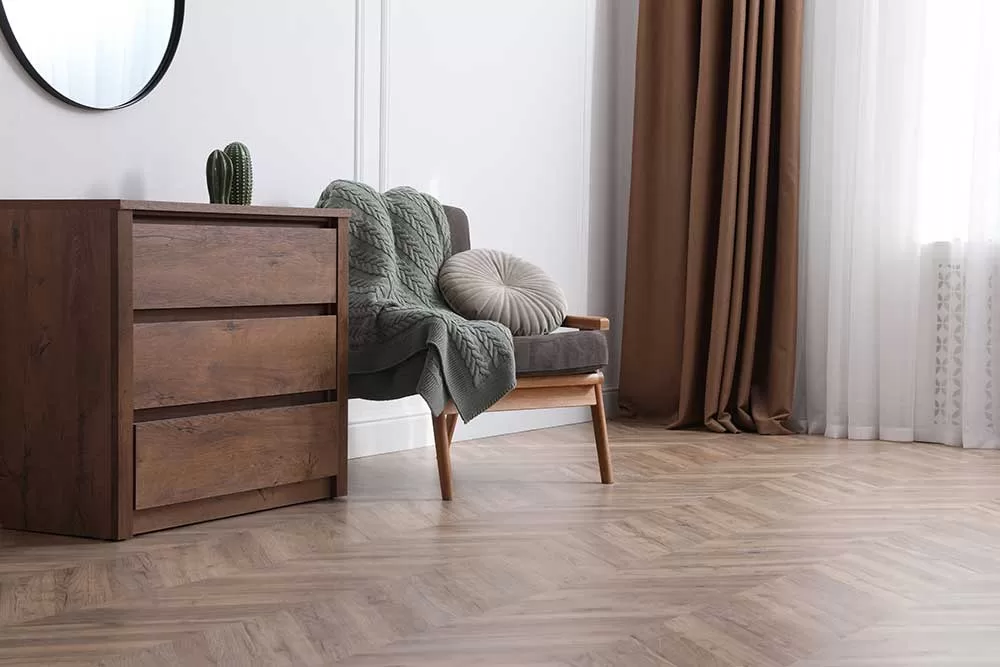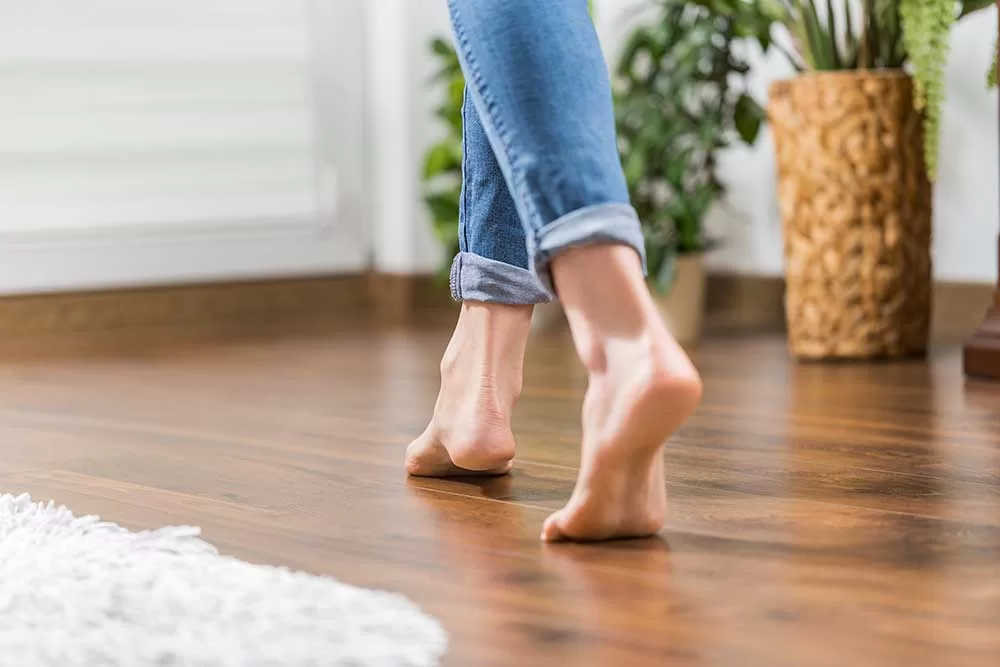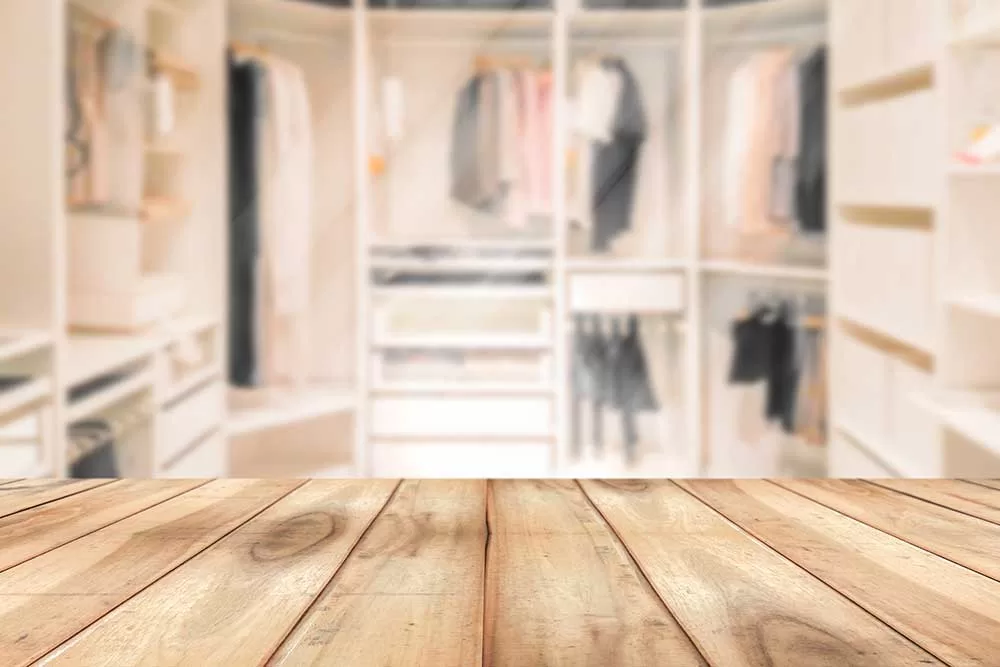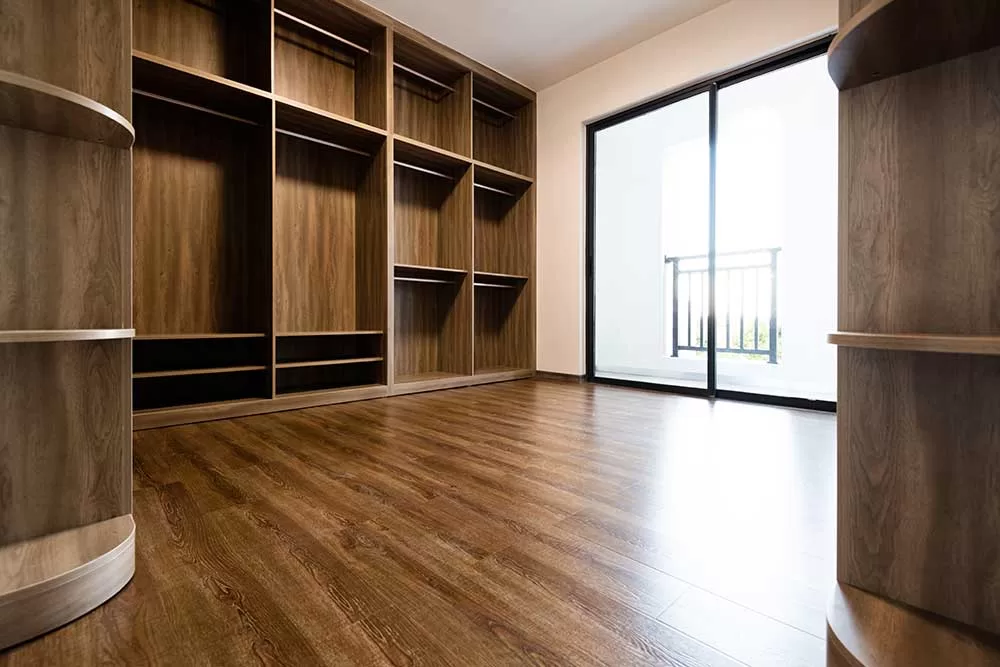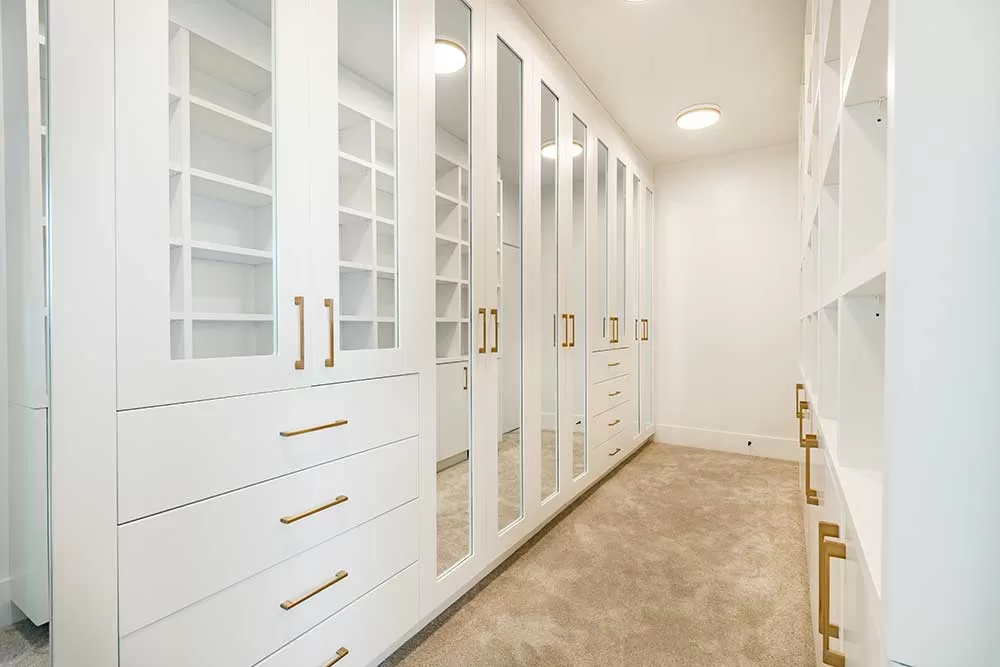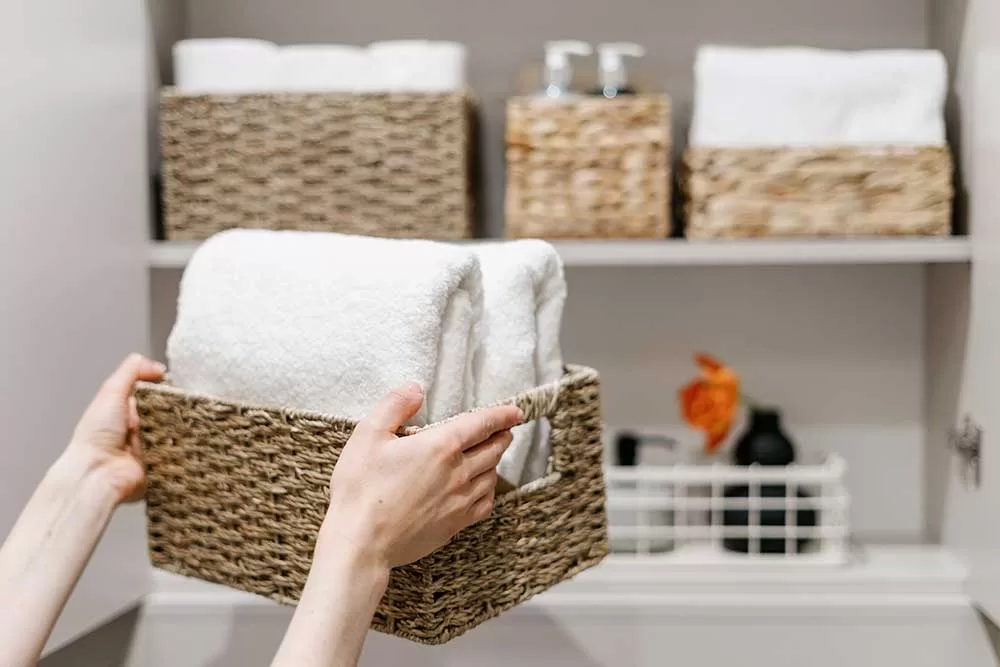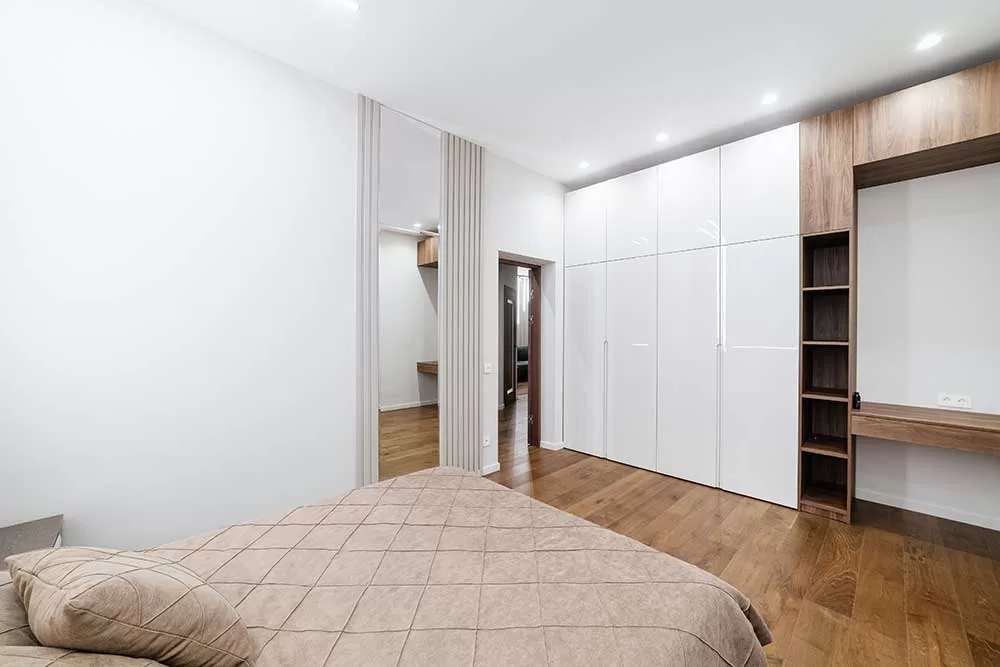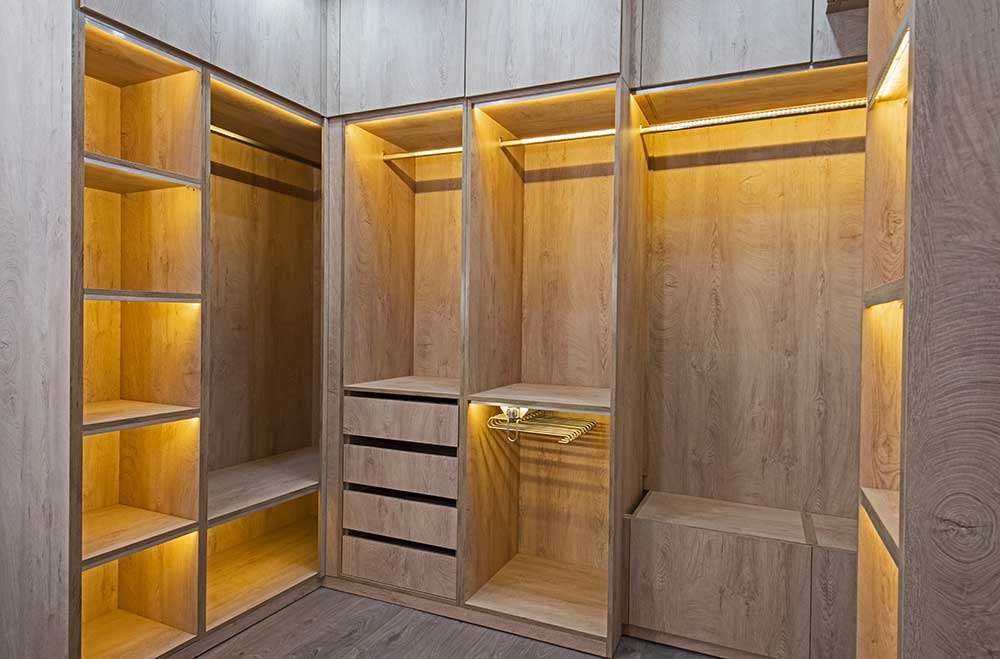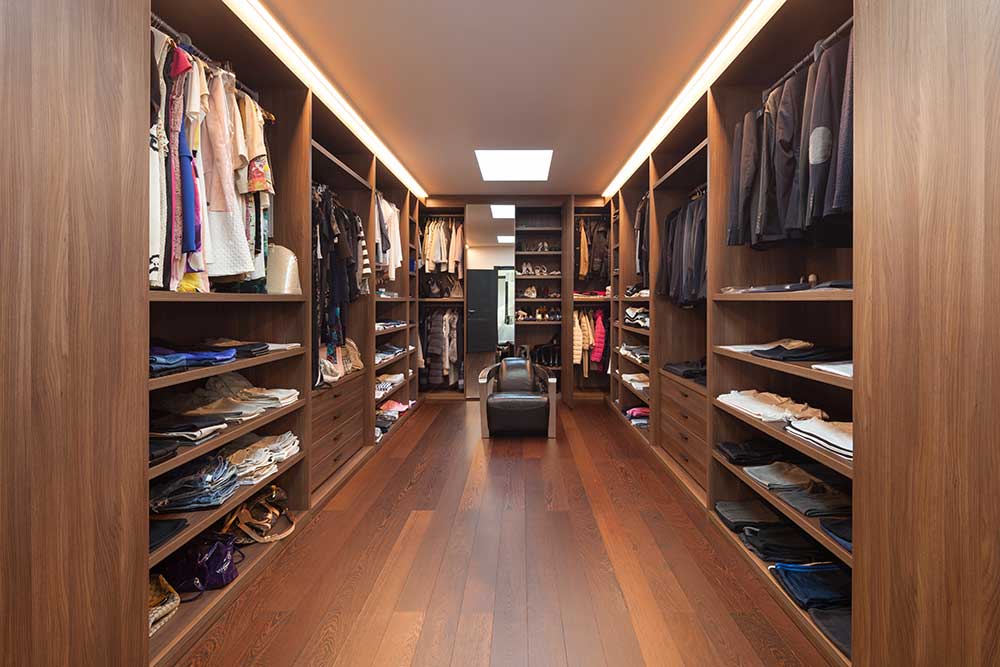In the vibrant tapestry of home design, every hue and shade tells a story, painting spaces with emotion, depth, and character. Imagine walking into a closet where every color harmoniously blends, not just to showcase your style, but to elevate your mood and expand the perception of space. The magic lies in color psychology, a subtle science that weaves together the aesthetics of your cherished spaces with the transformative power of colors. For those who seek a harmonious blend of functionality and aesthetics, understanding the influence of color is pivotal. It’s not just about creating a visually pleasing area; it’s about designing a sanctuary that resonates with your emotions, making every moment spent within a luxurious experience. Whether you’re contemplating a serene palette to make your mornings more tranquil or vibrant tones to infuse energy into your day, the right color choices can make all the difference. As we discuss the world of colors, we uncover practical insights and tips that will guide you in crafting spaces that feel bigger, brighter, and unequivocally yours. Get ready to explore the transformative journey of colors and discover how the perfect palette can turn your closet into a spacious sanctuary, seamlessly blending practicality with luxurious aesthetics.
Practical Tips for Choosing Closet Colors
Embarking on the journey of color transformation requires a thoughtful approach, blending artistry with practicality. In this section, we unravel the secrets to choosing colors that not only elevate the aesthetics of your closet but also enhance its spatial perception. From brightening strategies to the delicate balance of shades and the playful dance of textures, these tips are your compass in navigating the colorful landscape of closet design.
Colors that Brighten and Enlarge Spaces
The canvas of your closet can be a playground for light and space. Opting for lighter shades like whites, creams, and pastels can instantly illuminate the room, creating an illusion of expansiveness. Reflective surfaces and strategically placed mirrors further amplify this effect, turning every corner into a spacious haven. But it’s not just about the lighter spectrum; incorporating pops of vibrant colors can add depth and character, making the space feel lively and dynamic.
Balancing Dark and Light Shades
Harmony is the key when playing with the spectrum of shades. While lighter tones expand and brighten, darker hues add depth and intimacy. The trick is in the balance. Incorporating dark shades as accents or in smaller elements can create a sense of coziness without overwhelming the space. Contrast them with lighter backgrounds, and you have a closet that feels both spacious and grounded, a serene sanctuary with a touch of sophistication.
Texture Play and Color
Texture brings the third dimension into the colorful symphony of your closet. Whether it’s the grain of wood, the smoothness of metal, or the softness of fabric, textures interact with colors in a dance of light and shadow. By varying textures, you introduce layers of depth and interest, making the space feel rich and nuanced. Consider how a matte finish absorbs light, creating warmth, while glossy surfaces reflect it, contributing to the sense of spaciousness. As we explore these practical tips, we are not just designing; we are crafting an experience, a personal retreat that resonates with your unique style and needs. The interplay of colors and textures opens up a world of possibilities, setting the stage for the next chapter in our colorful journey, where trends meet timeless elegance, and every hue tells a story of its own.
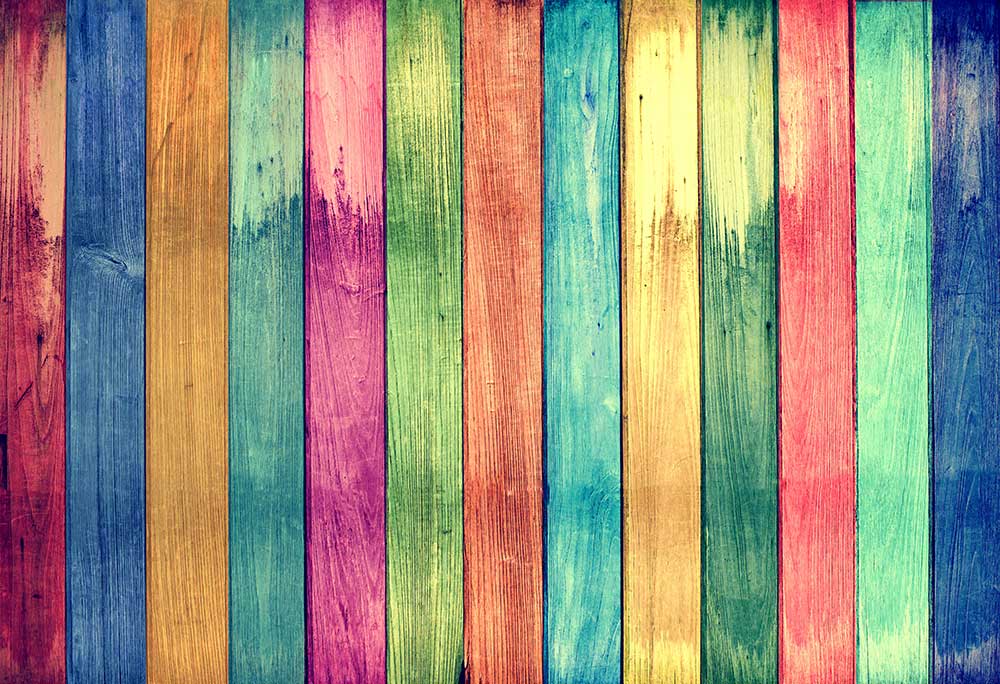
Trending Colors in Interior Design
Stepping into the realm of trending colors, we find ourselves amidst a vibrant and ever-evolving palette, where each hue is a testament to the shifting tides of interior design. This section invites you on a journey through the current color trends shaping the aesthetics of closets, the harmonious play of accent colors, and the nuanced psychology of grey – a color that holds a realm of possibilities within its shades.
Current Color Trends for Closets
In the dynamic world of interior design, the trending colors for closets are a harmonious blend of timeless elegance and contemporary flair. Soft neutrals, earthy tones, and muted pastels are making a statement, creating serene and sophisticated spaces. Meanwhile, bold and vibrant hues are emerging as accent elements, infusing energy and personality into every nook and corner. These trends are not just about visual appeal; they are about crafting spaces that resonate with individuality and emotion.
Accent Colors and Room Coherence
Accent colors are the symphonic notes that bring harmony and coherence to a room. Whether it’s a bold splash of color on a neutral backdrop or subtle hints of contrasting hues, accent colors create visual interest and balance. They have the power to tie together diverse elements, turning a collection of individual pieces into a cohesive and harmonious whole. In the dance of colors, accent hues are the rhythm that brings the melody to life.
The Psychology of Grey in Interior Design
Grey, a color often associated with neutrality and balance, holds a spectrum of psychological implications. It’s a color that can evoke a sense of calm and tranquility, making it a popular choice for spaces meant for relaxation and reflection. However, the diverse shades of grey also have the ability to add depth, sophistication, and a contemporary edge to a room. Understanding the psychology of grey is like unlocking a treasure trove of design possibilities, where each shade tells a different story. Navigating through the trends and understanding the subtle intricacies of each color, we are painting a canvas that is as dynamic as it is timeless. The exploration of trends lays the foundation for a deeper dive into the fundamentals of color theory, where every hue holds a secret, and every combination is a new discovery. The journey through the world of colors is a journey of self-expression, where your closet becomes a canvas for your unique story.
The Fundamentals of Color Theory
The fundamentals of color theory are the building blocks of design, offering insights into the harmonious dance of the color wheel, the science behind captivating combinations, and the profound psychological effects of different hues. Let’s explore these cornerstones, unraveling the mysteries of color and its transformative power.
Understanding the Color Wheel
The color wheel is a visual representation of colors arranged by their chromatic relationship. It’s a map guiding us through the world of color, where primary colors blend to create secondary and tertiary hues. Understanding the color wheel is essential for exploring harmonious color schemes and contrasting combinations, allowing us to craft spaces that are balanced, cohesive, and visually stimulating. It’s the compass that directs our color journey, leading to endless possibilities of beauty and emotion.
Basics of Color Combinations
Mastering the art of color combinations is like composing a symphony, where each hue plays a distinct note, yet together, they create a harmonious melody. Complementary colors create vibrant contrasts, analogous colors offer serene harmony, and triadic schemes introduce dynamic balance. Complementary colours are opposites on the color wheel. A classic example is red and green. Analogous colours are groups of three colours that are next to each other on the color wheel, sharing a common color, with one being the dominant color, which tends to be a primary or secondary color, and a tertiary. These color schemes are often found in nature and are harmonious and pleasing to the eye. An example could be a scheme combining blue, blue-green, and green. This combination often has a calming effect and is visually cohesive. A triadic color scheme uses colors that are evenly spaced around the color wheel. Triadic color harmonies tend to be quite vibrant, even if you use pale or unsaturated versions of your hues. A common triadic color scheme includes red, yellow, and blue. Because these colors are equally spaced in the color wheel, they create a balanced and harmonious look. The knowledge of these basic combinations empowers us to design spaces that are visually appealing and emotionally resonant, turning every room into a masterpiece of color and feeling.
The Psychological Effects of Different Colors
Colors are more than visual elements; they are carriers of emotion and mood. Each color has the power to evoke feelings, influence our state of mind, and shape our experiences within a space. Reds ignite passion, blues evoke tranquility, greens symbolize nature and renewal, and yellows radiate happiness and energy. Understanding the psychological effects of different colors is pivotal in creating spaces that nurture well-being and reflect our innermost feelings and desires.
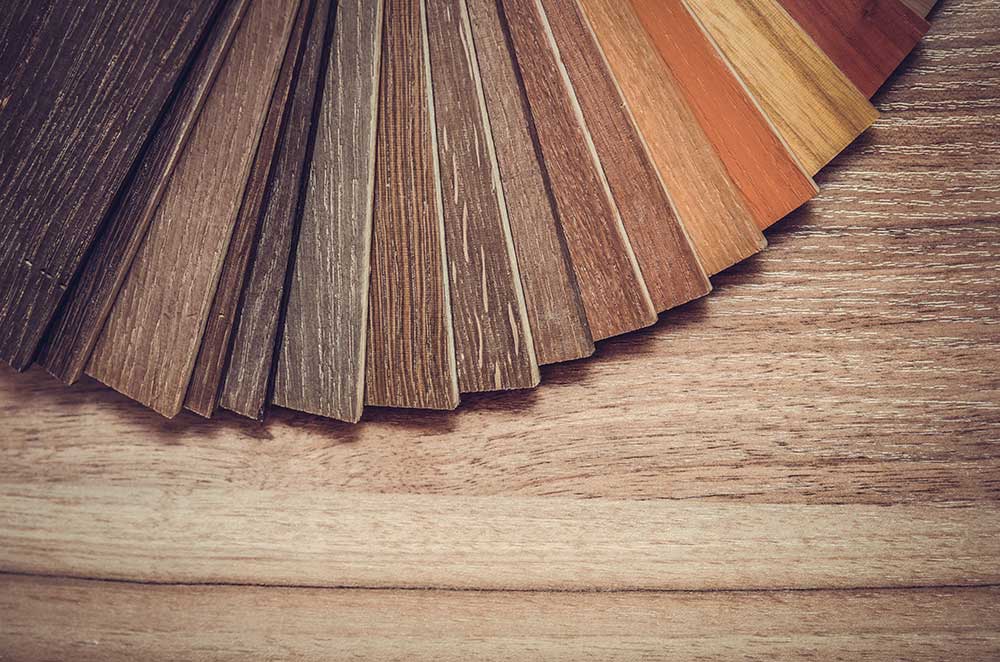
Influence of Color on Space Perception
Venturing further into the colorful tapestry of design, we encounter the fascinating interplay between color and spatial perception. In this section, we discuss the ways colors can manipulate our sense of space, the integral role of light and reflection, and the impact of popular color choices on how we perceive room size. This exploration is a gateway to understanding how the strategic use of color can transform a closet into a realm of spaciousness and comfort.
How Colors Can Make a Room Feel Bigger or Smaller
Colors possess the magical ability to alter our perception of space. Lighter hues, with their airy and open qualities, can make a room feel expansive and welcoming. In contrast, darker tones create an ambiance of intimacy and coziness, often making spaces feel smaller and more enclosed. The strategic use of these color properties can significantly influence the atmosphere of a closet, turning it into a sanctuary that feels just right.
The Role of Light and Reflection in Space Perception
Light and reflection are the dance partners of color in the ballet of space perception. The way light interacts with color can either enhance or diminish the sense of space within a room. Reflective surfaces and mirrors, coupled with well-chosen colors, can amplify the feeling of openness, creating an illusion of boundlessness. Understanding this intricate dance is essential in designing a closet that feels both spacious and harmonious.
Popular Colors and Their Impact on Room Size Perception
Trending colors often hold the key to unlocking the secrets of space perception. Neutrals, pastels, and earthy tones are popular choices for their versatility and ability to create a sense of spaciousness. Incorporating these hues, along with thoughtful accents, can significantly impact how we perceive the actual size of a closet and make it more efficient, turning it into a place that feels both ample and personalized. With a deeper comprehension of how color influences space perception, we are equipped to explore the next dimension of our colorful journey. The symbiotic relationship between color and mood, the transformative power of lighting, and the strategies to create light and airy atmospheres await.
Mood Enhancement through Color and Lighting
As we continue our exploration of color’s transformative power, we arrive at the intersection of mood enhancement and atmospheric illumination. In this enlightening chapter, we will uncover the profound relationship between color and mood, delve into the impact of lighting on color perception, and reveal strategies to cultivate spaces that feel light, airy, and uplifting. This journey is about creating a sanctuary that not only pleases the eye but also elevates the spirit.
The Relationship between Color and Mood
Color is a silent language that speaks directly to our emotions. The hues that surround us have the power to evoke a spectrum of feelings, from the calming embrace of blues to the energizing zest of yellows. Understanding this relationship is pivotal in crafting spaces that resonate with our desired emotional states, turning a closet into a place of joy, serenity, or invigoration, depending on the chosen palette.
Lighting Impact on Color and Mood
Lighting is the brush that brings color to life, shaping our perception and influencing our mood. The interplay between natural and artificial light can either enhance or alter the hues within a space, creating varying atmospheres throughout the day. By mastering the art of lighting, we can accentuate the mood-enhancing properties of color, crafting a closet that feels harmonious and emotionally resonant at any time.
Strategies to Make a Room Feel Light and Airy
Creating a light and airy atmosphere is about embracing openness and illumination. Strategies such as utilizing reflective surfaces, incorporating light-colored furnishings, and maximizing natural light can significantly contribute to this ambiance. These approaches, combined with a thoughtful color selection, can transform a closet into a breezy sanctuary, where every moment feels uplifting and every corner radiates positivity. Embarking further into the realms of color and design, we are poised to explore the profound impact of our interior spaces on mental well-being. The influence of color on mental health, the significance of creating relaxing spaces, and the overarching role of interior design in fostering mental harmony are the next milestones in our colorful odyssey. The tapestry continues to unfold, revealing the depth and richness of color’s influence on our lives.
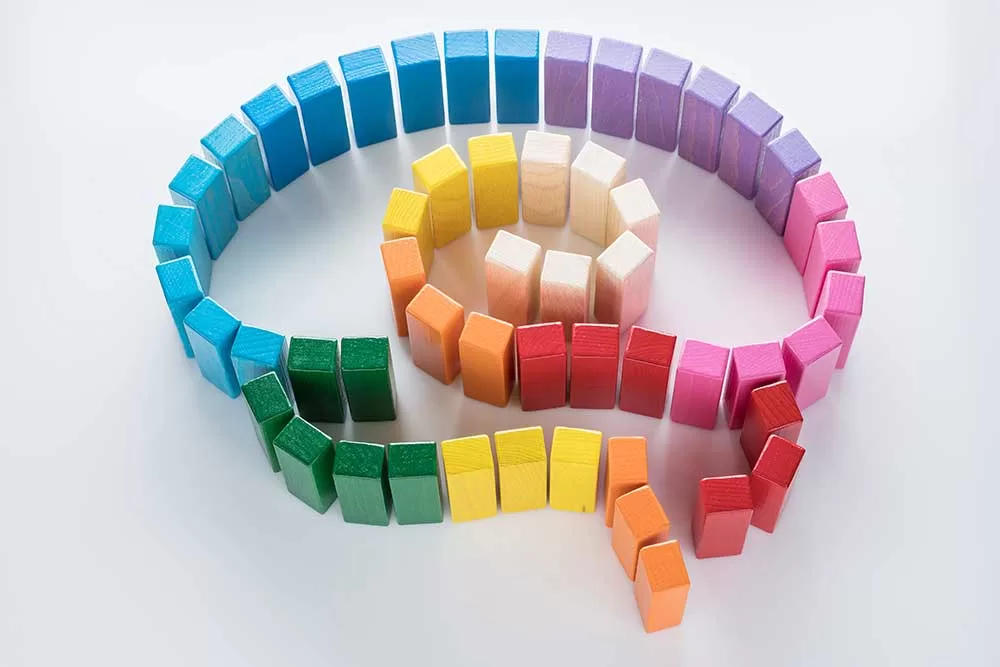
The Impact of Interior Spaces on Mental Health
In this section, we explore the nuanced ways in which color influences our mental health, the essential role of color in crafting relaxing spaces, and the overarching impact of thoughtful interior design on our psychological state. This exploration is a testament to the transformative power of design in fostering a sense of harmony and well-being within our sanctuaries.
How Color Influences Mental Health
Color is not merely a visual experience; it is a psychological one that reaches into the depths of our minds. The hues that envelop us have the power to influence our emotions, thoughts, and overall mental state. Vibrant colors can invigorate and inspire, while softer tones can soothe and calm. Understanding this intricate relationship allows us to harness the power of color to enhance our mental well-being, creating spaces that are attuned to our psychological needs.
The Importance of Color in Creating Relaxing Spaces
Crafting a relaxing space is an art form that balances aesthetics with tranquility. The thoughtful selection of colors plays a pivotal role in this endeavor, setting the tone for an environment that nurtures relaxation and peace. From the calming embrace of blues and greens to the grounding presence of earthy tones, the right color palette can transform a closet into a serene retreat, a place where the mind can unwind and rejuvenate.
How Interior Design Affects Mental Health
Beyond color, the broader spectrum of interior design elements – from layout and furniture to lighting and texture – collectively shape our mental landscape. Thoughtful design fosters a sense of harmony, balance, and belonging, contributing to our overall sense of well-being. The intentional crafting of interior spaces is a holistic approach to mental health, where every design choice is a step towards creating an environment that nurtures the mind and soul. As we reflect on the profound impact of color and design on our mental well-being, we are reminded of the boundless possibilities that lie within the realm of interior design. The journey through color psychology and design principles has illuminated the path to crafting spaces that are not only visually stunning but also harmonious and conducive to well-being. The canvas of possibilities continues to inspire, as we embrace the art of transforming our living spaces into reflections of our inner selves.
Conclusion: Crafting Aesthetic and Functional Spaces with Color
In conclusion, the transformative power of color in closet design is a testament to the art of creating spaces that are not only visually pleasing but also conducive to well-being. It’s about crafting a harmonious blend of beauty and function, a balance between the visual and the emotional, and ultimately, creating a space that tells a story – your story. Let this exploration inspire you to embrace the world of color, to experiment with hues and shades, and to craft spaces that are a true reflection of your individuality and aspirations. The canvas is yours to paint, the possibilities are endless, and the journey is just beginning. Embrace the magic of color and let it guide you in transforming your closet into a masterpiece of design and emotion.

